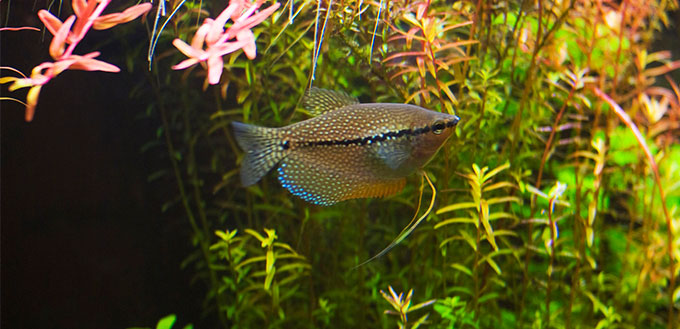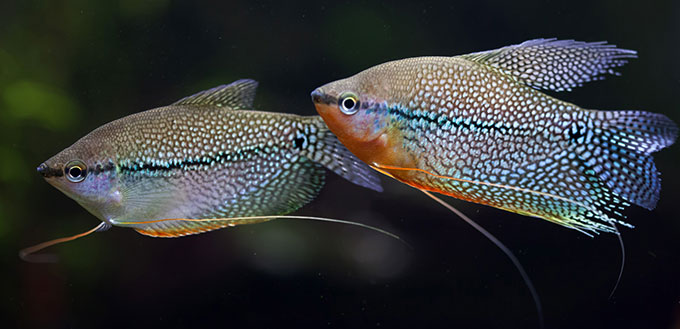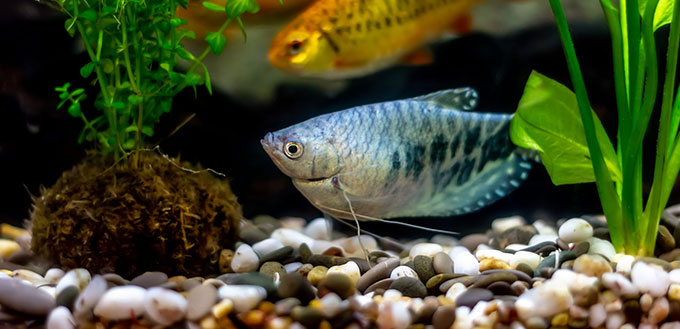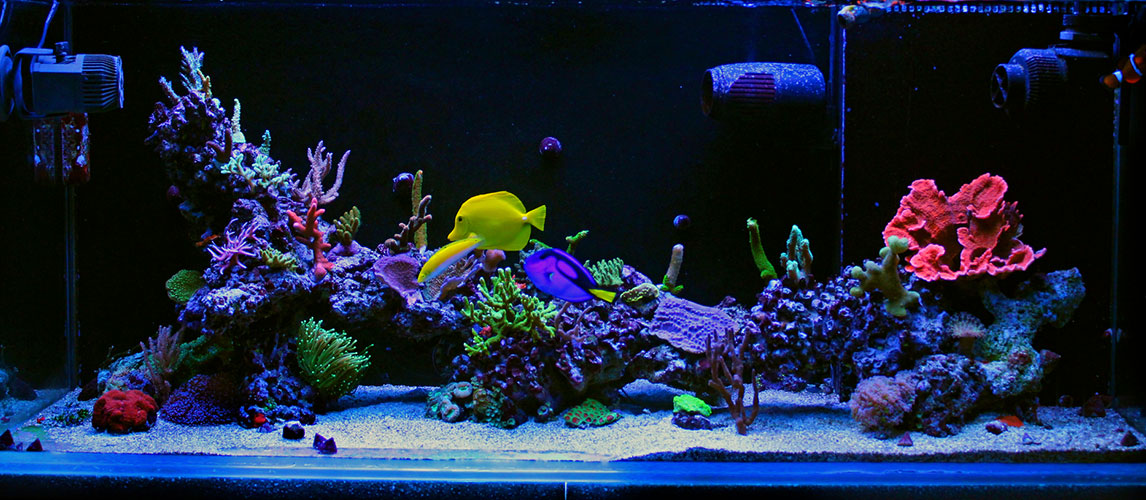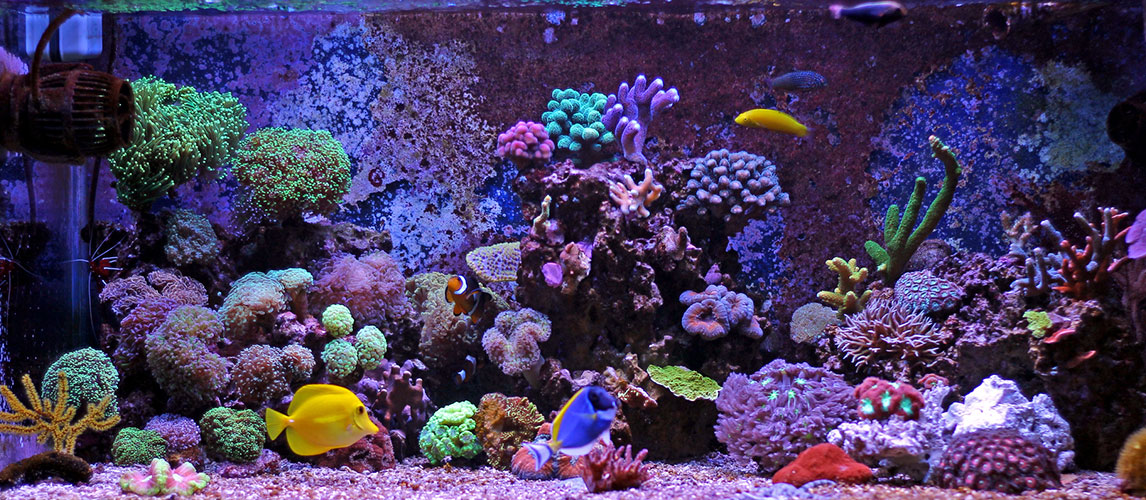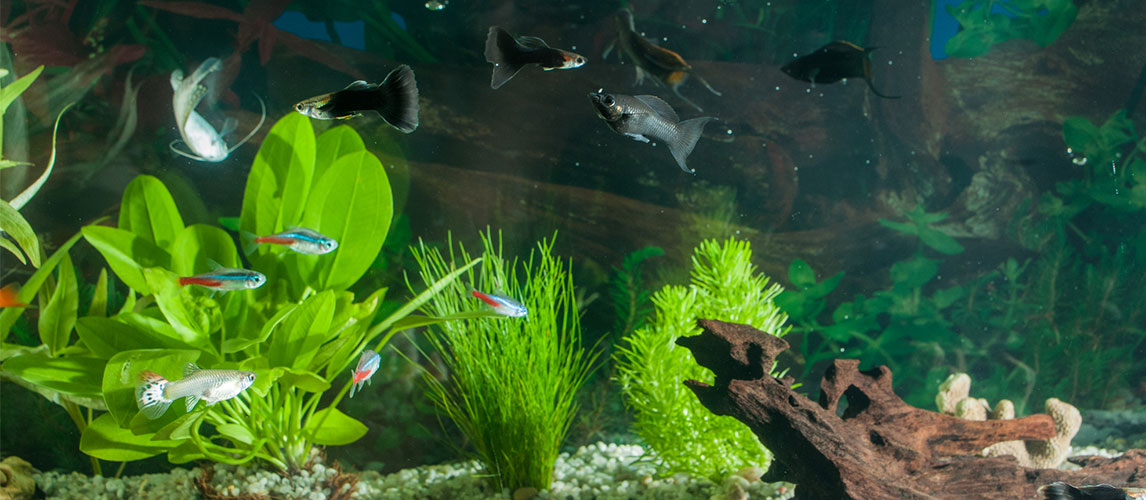If you have ever seen a fish aquarium, the chances are that you may have seen a gourami fish species in it. Along with the goldfish, the gourami fish is one of the most popular aquarium fish species. You are probably reading this article because you are planning to own one (or more) of this beautiful fish species. You have come to the right place as we will serve you with all the necessary information you need before you dash off to purchase a gourami fish. In this article, amongst other things we will show you exactly how to care for gourami fish.
What Is a Gourami Fish
Before proceeding any further, we need to know exactly what the gourami fish is. Gourami fish are one of the many species of aquarium fish. The term gourami is used to cover about ninety different species of fish that are raised in aquariums. The general features that most of these fish species share include a square-like shape, a thin body that looks compressed, and two pelvic fins that look like long threads. The gourami fish originally came from South Asia and some parts of South-eastern area. Generally, the gourami fish are very hardy in nature and very well mannered. They love to have a lot of space as they can become very territorial when they are confined to smaller spaces. It is not uncommon to see gouramis turning on each other and attacking each other in other to establish territorial dominance. This is especially true of the males. Thus, it is always recommended to keep only females around one male Gourami in the same space. This is to avoid the possibility of two males attacking each other.
Gourami Care
Gouramis do not require too much work when it comes to caring. However, there are a few things to have in place to ensure that they are well taken care of.
- Aquarium size
As mentioned earlier, gouramis can be very territorial when confined to a small space. Thus, the ideal size of an aquarium to use should not be smaller than thirty gallons in capacity. Also, the pH conditions of the water should be neutral. However, they have been raised in conditions with higher pH and alkaline levels. The perfect pH level should be between 6.8 and 7.8. The ideal alkaline level should be between 50ppm and 140 ppm. This shows how easily they adapt to changes in their habitat. In addition to that, they must have enough oxygen supply on the surface of the water as they have the capacity to inhale air on the surface. The water should be stable without any turbulence.
- Feeding
When it comes to feeding, most gouramis are omnivores by nature. Thus, their diet can be made up of pellet-based or flake-based aquarium food.they can also be fed on insect larvae as well as a number of varieties of worms. It is recommended to rotate their diet to encompass both already-made aquarium food and live food (such as live worms).
- Breeding
Gouramis can be bred in captivity. However, in order to have the best results when it comes to breeding, it is best to have a separate aquarium that is solely for breeding purposes. To provide the right environment for breeding, the separated aquarium should have very dim light. It should have a variety of plants, as male gouramis usually make use of the plants when making their bubble nests during spawning. The nests usually cover almost a quarter of the water surface. The male Gourami then courts the female before spawning begins. After the eggs have been laid, the male moves them to nest and guards them until they hatch. During this period, the male can become very aggressive as it attempts to protect the eggs until they are hatched. Thus, it is best to remove the female from the breeding tank as soon as spawning is over, and the eggs have been laid.
Gourami Types
There are about a dozen types or species of gouramis that are commonly used as aquarium fish. They vary in sizes and even in color. They include the Blue Gourami, the Dwarf Gourami, the Chocolate Gourami, the Red Gourami, the Kissing Gourami, the Pearl Gourami, the Moonlight Gourami, the Opaline Gourami, the Leeri Gourami, the Banded Gourami, the Powder blue Gourami, the Thick Lipped Gourami, and the Sunset Gourami amongst others. Depending on their species or type, gouramis can vary in size. A Dwarf Gourami, for example, can only reach a maximum size of one and a half inches in length. Other species can grow as long as 23 inches.
Dwarf Gourami
As mentioned earlier, the Dwarf Gourami can only grow as long as one and a half inches – hence its name. When it comes to temperament, it is usually very shy and very peaceful. Because of its size and peaceful nature, it is mostly at the receiving end of attacks from the other bigger species. Just like other gouramis, the dwarf Gourami needs to have access to the surface of the water as it breathes air directly into a lung-like organ.
Blue Gourami
Just as its name suggests, the Blue Gourami appears in blue. It is sometimes referred to as the Three Spot Gourami, although it is only a color variation of the latter. Blue gouramis usually have only two color spots – the first one is located at the beginning of the tail while the other one is located at the center of its body. The reason why most people usually refer to them as Three Spot is because their eyes (usually silvery blue in color) is referred to as the third spot. One unique thing about the Blue Gourami is that it changes colors based on its mood. Unlike the Dwarf Gourami, the Blue Gouramis are moderately aggressive and can grow as long as five inches.
To Summarize
In conclusion, Gourami fish is one of the most popular species of freshwater aquarium fish. There are several kinds of gouramis, and each of them is very easy to care for. Generally, gouramis are hardy, peaceful, and very adaptive. However, they require an aquarium with a capacity of at least thirty gallons to prevent them from becoming aggressively territorial.


